Ecological Stewardship: Using Herbivory, Fire and Rest to Manage Soil and Plant Communities
Herbivory, fire and rest are natural processes that drive landscape-level plant community changes. We use these powerful processes to steward landscapes.
Herbivory, fire and rest are natural processes that drive landscape-level plant community changes. We use these powerful processes to steward landscapes. Herbivory and fire are disturbances, and rest is the absence of disturbance. Herbivory, fire and rest are used to manage ecosystem processes such as the energy, water and nutrient cycles and community dynamics (ecological succession).
Herbivory, fire and rest each cause unique changes to soils and plant communities. Impacts on soil and plant communities depend how, when and where they are implemented. Used properly, they can improve soil and plant communities. However, improper use of these natural processes can cause undesirable changes in soil and plant communities. Examples of improper use include overgrazing, absence of grazing, excessive burning, lack of burning, excessive rest or lack of rest.
Herbivory, fire and rest have influenced landscapes for millennia. The more we understand and the better we implement these processes, the better we can manage land. Understanding and implementing herbivory, fire and rest allow us to work with ecology to manage land rather than fighting nature.
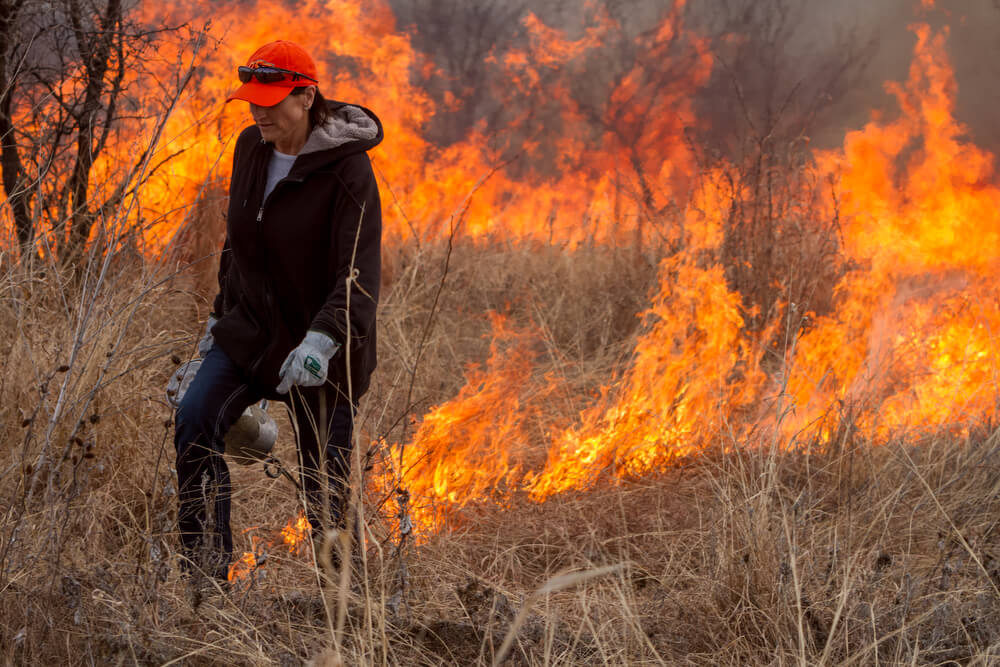
We have much to learn about ecology and we will never fully understand it, but we understand enough now to work with it to improve soil and plant communities.
Herbivory impacts
Herbivory involves more types of plant consumers than just livestock. It also includes wild ungulates (hoofed mammals), omnivorous mammals, rabbits and hares, most rodents, omnivorous birds, and many insects.
Herbivory and other herbivore animal impacts profoundly influence plant communities. Many people understand some ways that livestock grazing can alter forage abundance and plant composition in a pasture. However, other types of herbivory also can have major impacts on plant communities. For example, many farmers are aware of the substantial effects that army worms (a type of moth larvae), aphids (a type of true bug), grasshoppers and other insects can have on crops. Beaver can make major modifications to streams and adjacent woody plant communities. Beaver, prairie dogs and bison are keystone species that create and maintain habitats for many other species.
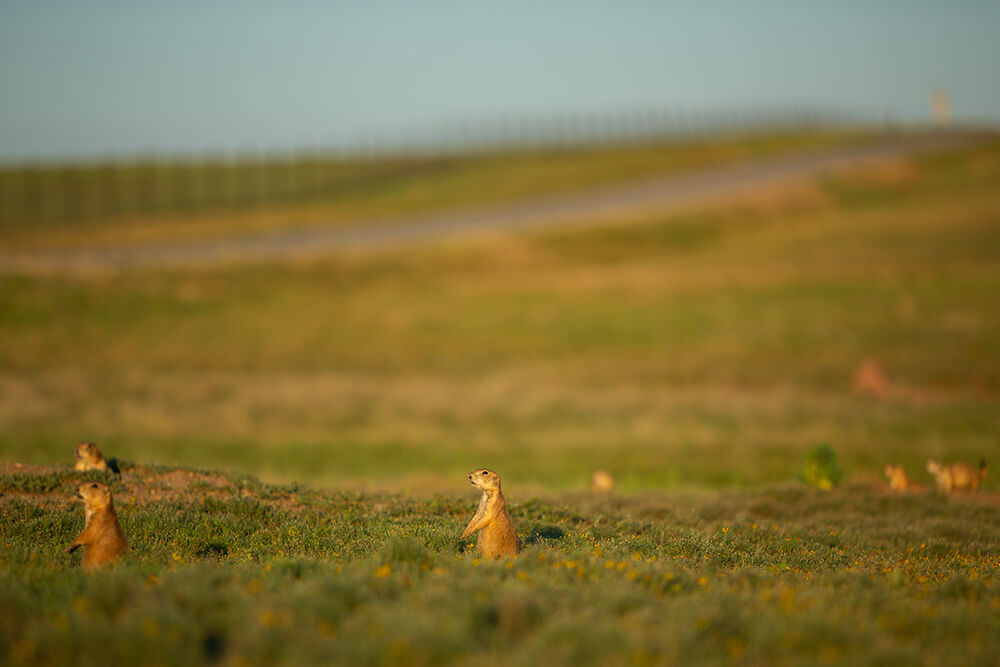
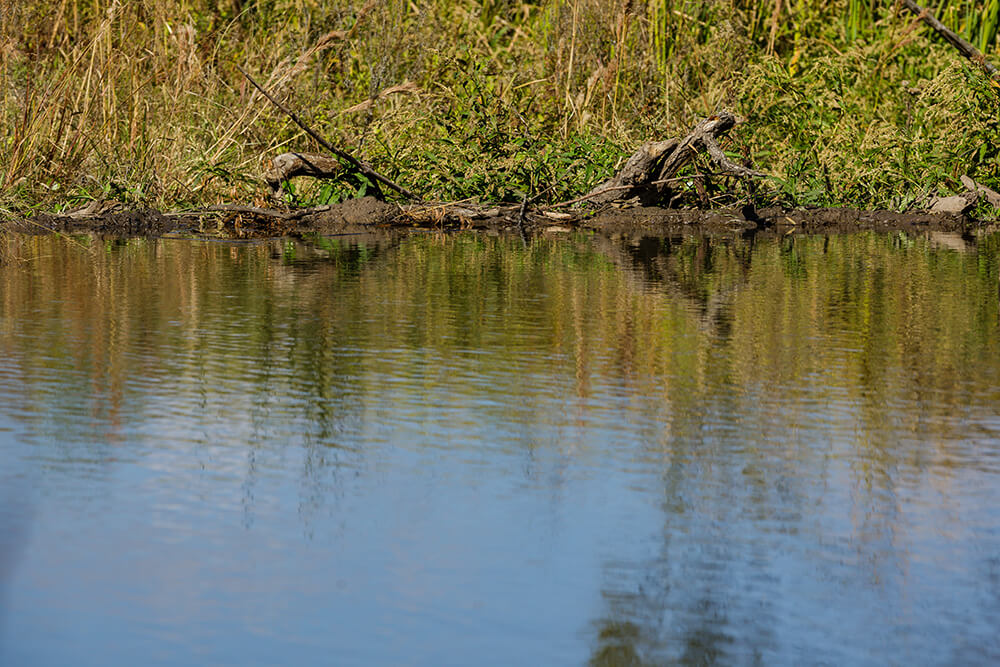
When using livestock to manage landscapes and produce income, we should try to mimic herbivory and other animal impacts that occurred with native ungulates, such as bison. Rangelands developed co-dependently with such species. Cattle can be used to mimic several bison impacts. When periodic herbivory or rest is removed from rangelands, the ecosystems usually change in undesirable ways. Without appropriate herbivory, plant diversity, grass production, and nutrient recycling decline. Without appropriate rest, the most productive forage species decline or die, nutrient and water cycles become inefficient, and less desirable plants dominate the landscape.
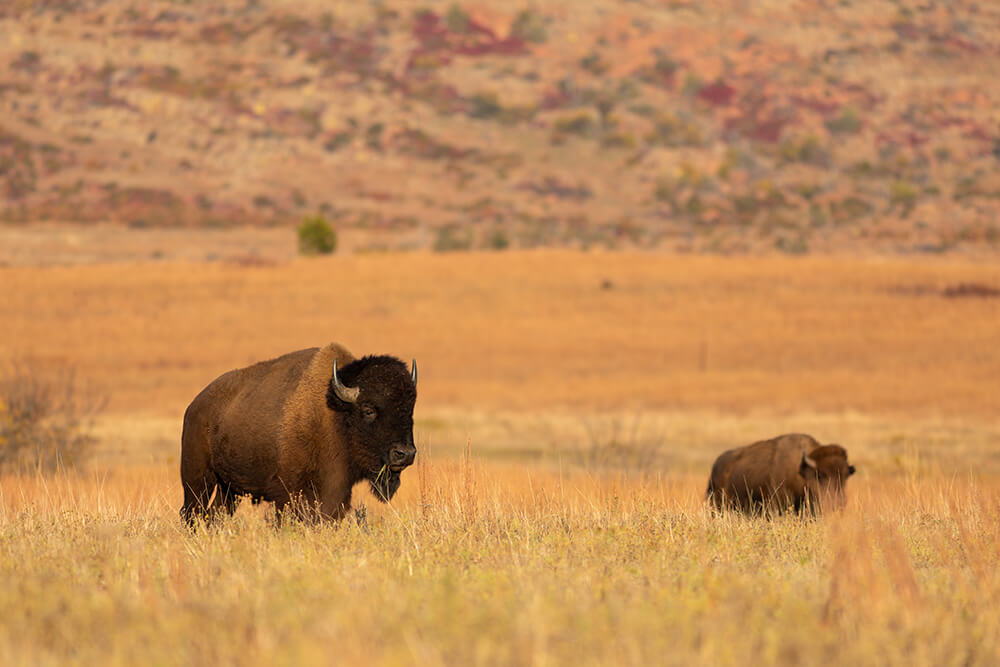
Animal impacts additional to herbivory can be important too. For example, predators such as wolves and lions caused herds of ungulates to stampede, which created concentrated hoof action that facilitated nutrient recycling and increased plant diversity. Some modern graziers try to mimic this animal impact by concentrating livestock herds in small areas for short time periods, followed by relatively long rest periods.
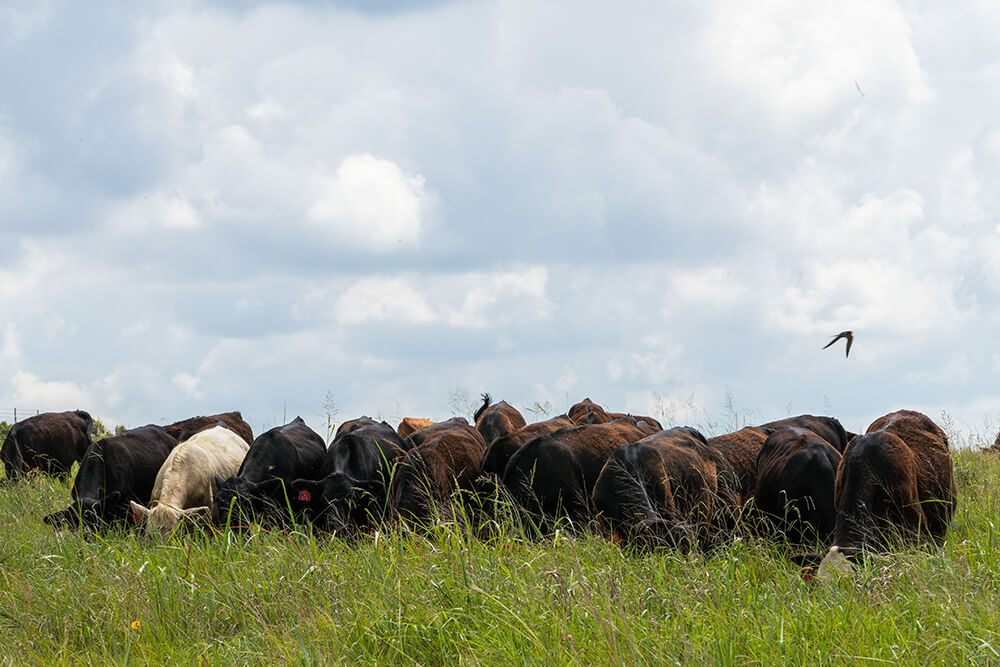
Fire impacts
Fire attracts herbivores, such as cattle, bison, elk, pronghorn and deer to graze and browse burned areas, because plant regrowth after fire is temporarily more palatable and nutritious and parasites are temporarily less abundant. This natural process is called pyric herbivory. Future fires occur in unburned areas where adequate fine fuel exists. New burns attract herbivores away from the areas that burned several months ago, allowing previously burned areas to rest. Some modern graziers try to mimic this natural process through patch-burn grazing.
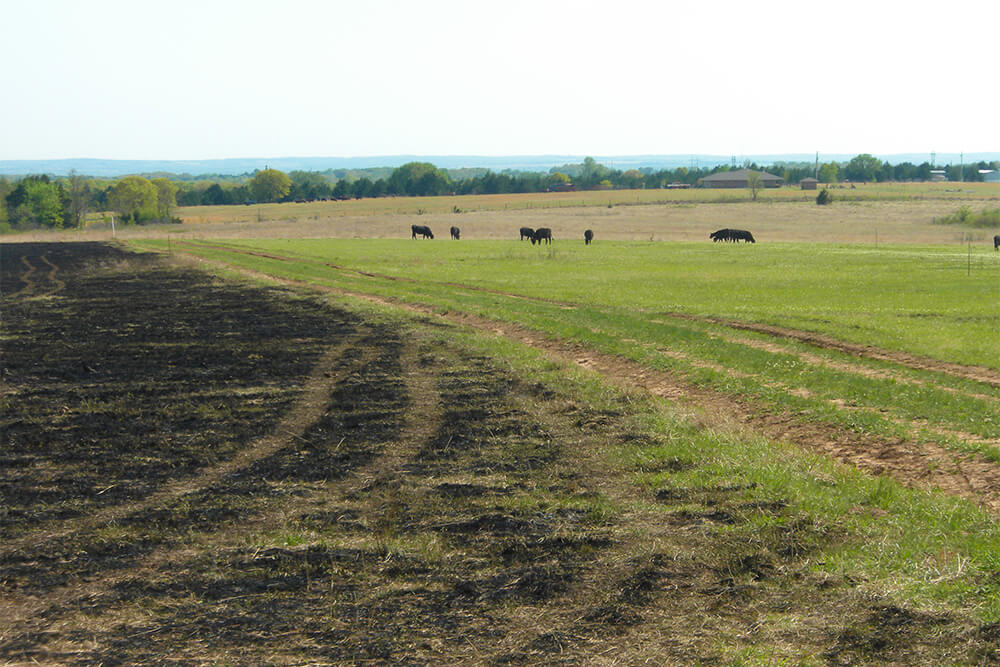
Photo taken by John Weir, Associate Extension Specialist Natural Resource Ecology and Extension Specialist for Fire Ecology and & Management. Used with permission.
Most rangelands in the world experienced certain fire frequencies for millennia. For example, most of the Great Plains, including most of Oklahoma and Texas, experienced natural fire frequencies of one to six years between burns. Where we want to maintain natural plant communities and optimum diversity, we should try to maintain the natural fire frequencies. Where we want to reduce brushy woody cover, we should increase fire frequency. Where we want to increase woody cover, we should reduce fire frequency or temporarily avoid fire for several years.
Rest impacts
Most native plant communities need appropriate herbivory, fire and rest to persist. After herbivory and fire occur, soils and plants need rest to recover. Rest is just as important as herbivory and fire. However, there is a difference between appropriate rest and excessive rest.
Some people think a plant community can be preserved by protecting it and leaving it alone. However, excessive rest usually causes undesirable changes to plant communities. Without timely or appropriate herbivory and fire, prairies and meadows become shrublands or woodlands, and grassland species decline. Without appropriate herbivory and fire, woodlands develop thick woody undergrowth; plant diversity decreases; most grasses and forbs disappear; and fewer wildlife species exist. Without appropriate fire, dominant tree species eventually change in woodlands. For example, longleaf pine- or shortleaf pine-dominated ecosystems eventually become hardwood-dominated ecosystems. Oak-dominated woodlands eventually become eastern red cedar-dominated woodlands in the south-central U.S. or maple- or hackberry-dominated woodlands in portions of the eastern U.S.
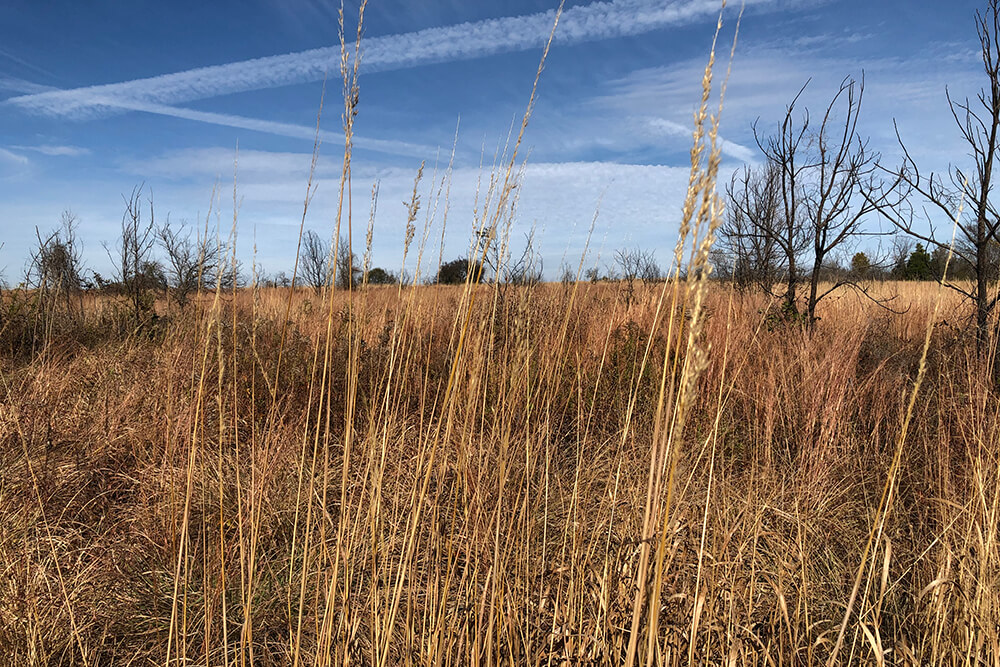
Unnatural disturbances
Tillage, fertilization, irrigation, mowing, haying, dozing, herbicides and insecticides can be used to manage soil and plant communities, but these techniques are unnatural, typically are more expensive than herbivory and fire, and frequently cause negative changes to soils. They are disturbances (opposite of rest) in ecosystems. Several of these techniques commonly treat symptoms of problems rather than address root causes of problems. Nonetheless, there are occasional times when they can be effective means to improve soil and plant communities and income in regenerative ranching contexts.
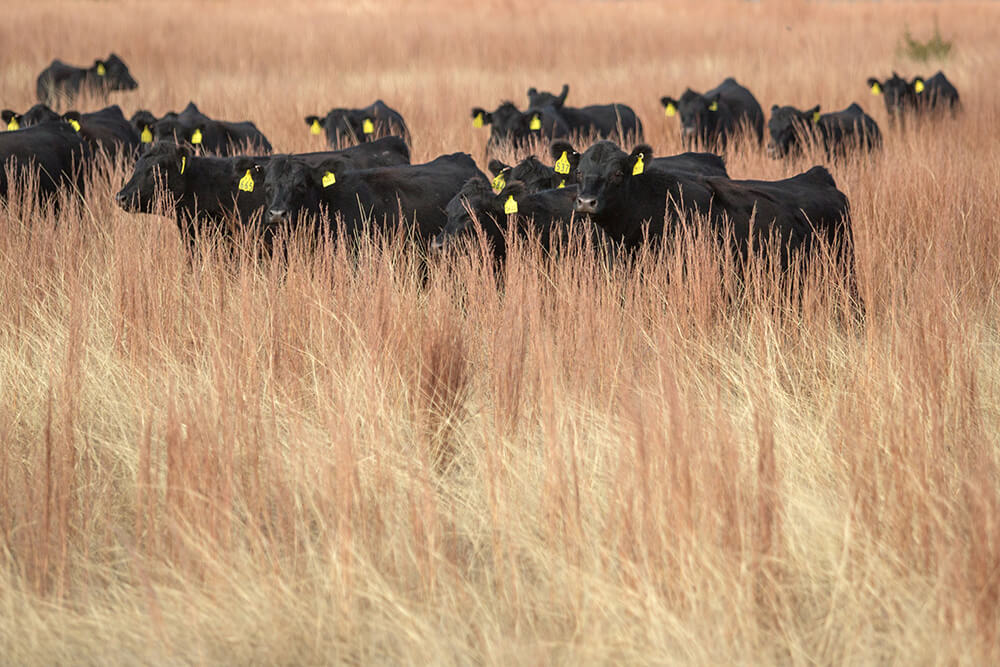
To become an ecological steward, a regenerative rancher’s primary focus should be how best to implement the natural processes of herbivory, fire and rest to improve soil and plant communities and profit.

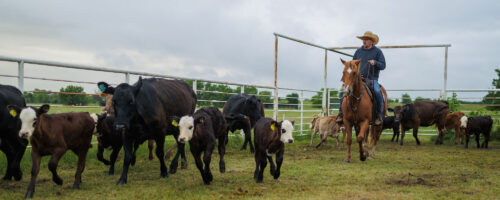
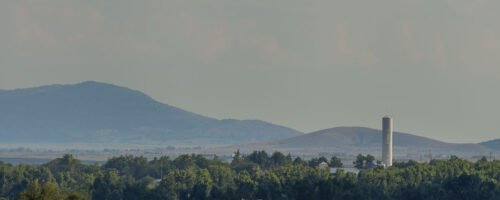
Comment